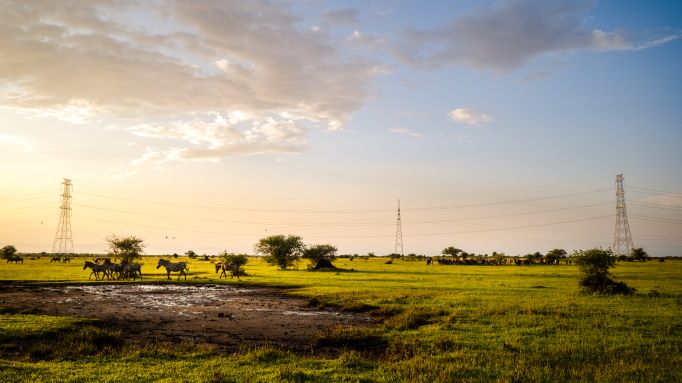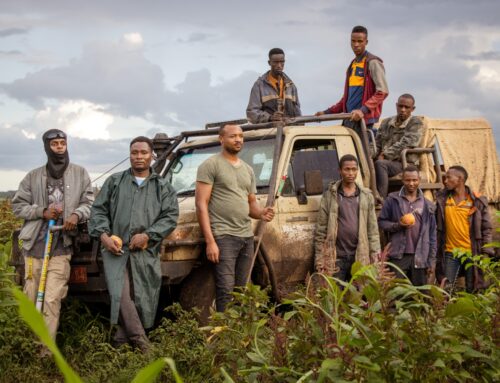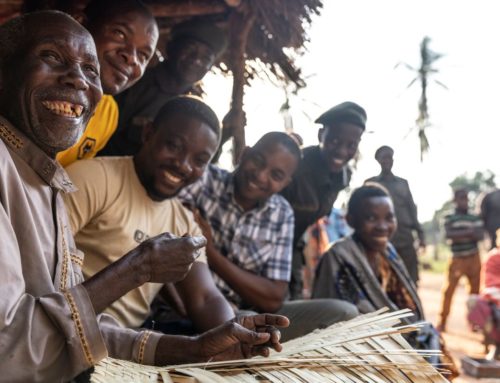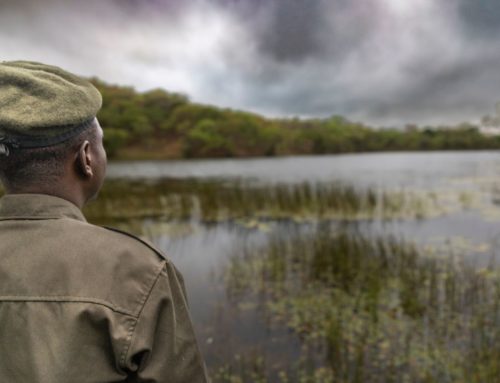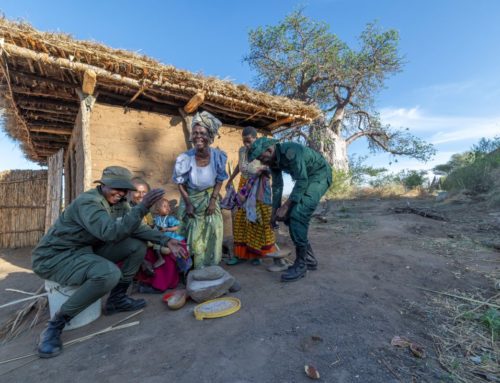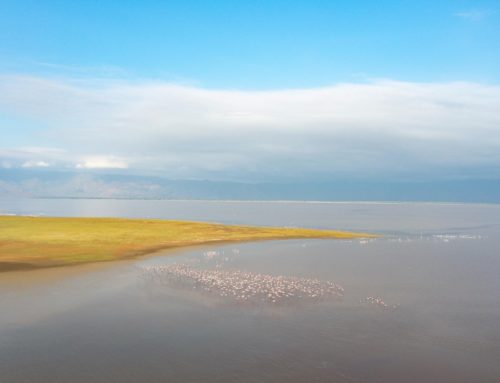With over 30,000 hectares invested, with revenues exceeding half a million dollars, over 15,000 shareholders expecting a return on their investment, this is a complex business, it is the business of conservation. Wildlife Management Areas are social businesses, they require funding to operate and provide tangible benefits to the communities that surround them. As businesses, Wildlife Management Areas are multidimensional and complex. They operate with a triple bottom line, considering social, ecological, and financial impacts in everything they do.
Per year, Wildlife Management Areas operations alone cost around 200,000 USD. Tanzanian law requires around 50% of WMA revenue to be shared amongst the community, while another portion is allocated to the Tanzanian government, leaving only 32% of total annual revenue for Wildlife Management Areas operations. This means that in order to make the 200,000 USD that is necessary for operations, Wildlife Management Areas must make a grand total of 0.5 million USD per year. To generate this kind of revenue, Wildlife Management Areas would need to generate 40,000 bed nights in any lodge ( or 20,000 in two lodges and we could break this down further, another time, another story) or sell 50,000 tons of carbon per year. The magnitude of this task makes it difficult to operate without a loss.
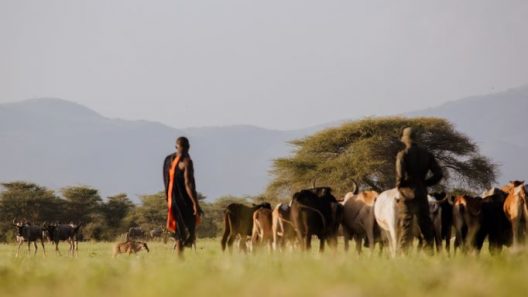 Let’s break it down further. Of the 200,000 USD necessary, about 60% goes towards protection costs. It is logical, therefore, to try and reduce these protection costs as much as possible through community development projects which can achieve the necessary protection goals whilst also be viewed as a return on shareholder or community investments of their land. See more about how Honeyguide is working to do this in ( the previous story title).
Let’s break it down further. Of the 200,000 USD necessary, about 60% goes towards protection costs. It is logical, therefore, to try and reduce these protection costs as much as possible through community development projects which can achieve the necessary protection goals whilst also be viewed as a return on shareholder or community investments of their land. See more about how Honeyguide is working to do this in ( the previous story title).
Ultimately, like any business model, Wildlife Management Areas need to increase revenues cut costs. This can only can be achieved through the development of capable governance and management, which greatly improves Wildlife Management Areas resilience, thereby increasing investment appeal and strengthening existing partnerships. Randilen Wildlife Management Area provides a strong example of this, where even during the Covid-19 pandemic, two tourism properties were constructed within the area. Since 2015 alone, Randilen has seen a 45% increase in revenue as a direct result of their partnerships with long-term investors.
We know that Wildlife Management Areas finances depend on so much more than finding donors and providing services – which is why we work so hard to equip Wildlife Management Areas with the tools necessary to become self-sustaining so that they can continue to provide positive social and ecological impacts for so many.

